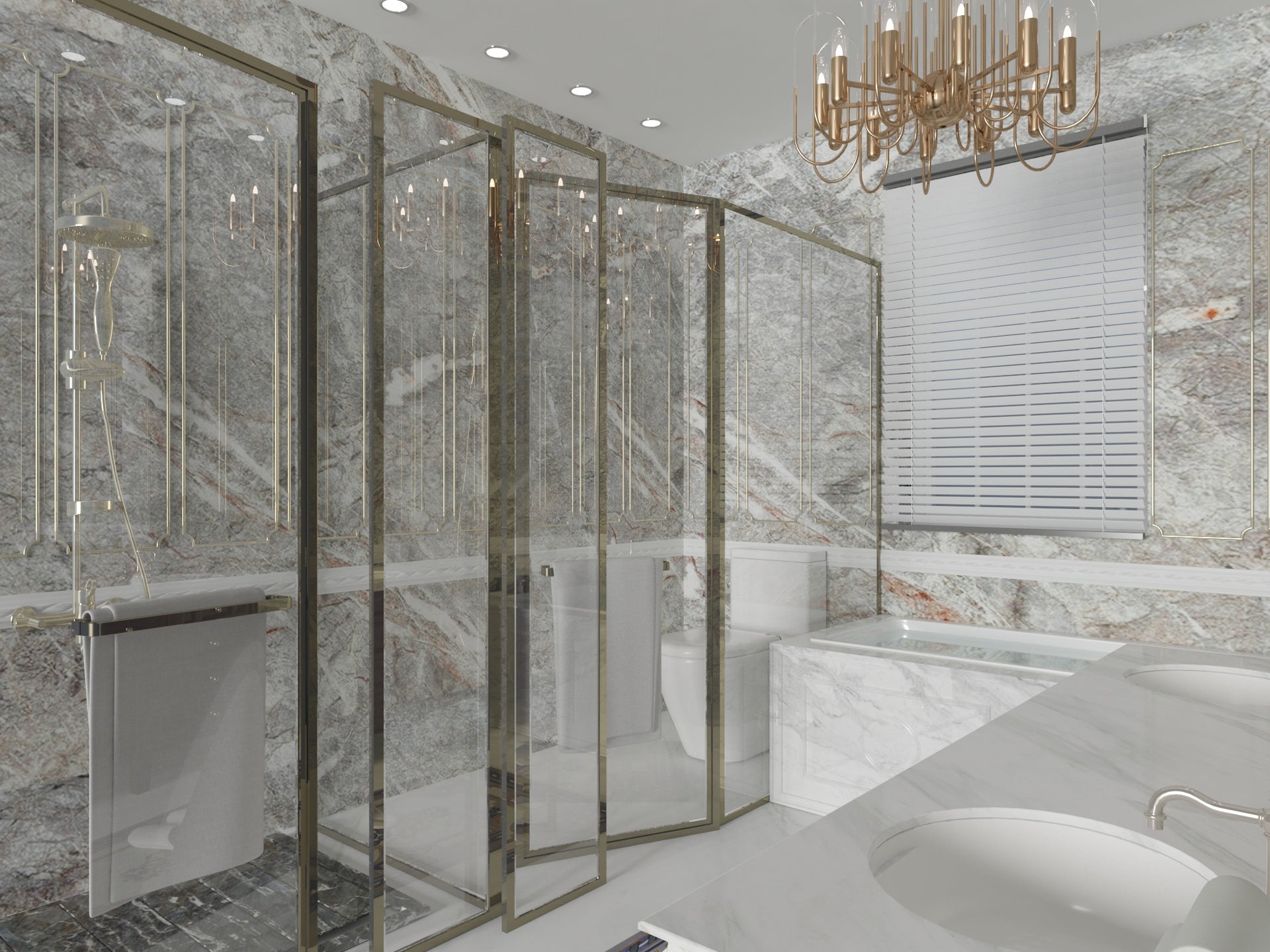The interior fit-out process transforms empty spaces into functional, aesthetically pleasing environments in construction and design. Whether it’s a commercial office space, a retail store, or a residential apartment, understanding this process is critical to achieving a successful outcome. This article will help understand the interior fit-out process, covering its stages, responsibilities, timelines, and tips for keeping the project on track and within budget.
What Are the Different Stages of the Interior Fit Out Process?
Concept Development:
The concept development stage takes center stage at the outset of any interior fit-out project. Here, ideas are brainstormed, themes are explored, and the foundation of the design vision is laid. This phase involves understanding the client’s requirements, target audience, and the space’s intended purpose. Preliminary sketches and mood boards help conceptualize the overall look and feel, setting the tone for the subsequent stages.
Design Phase:
Once the concept is solidified, the design phase kicks in. Designers collaborate to create comprehensive plans that translate the concept into tangible designs. This stage involves choosing color schemes, fit-out materials, furnishings, lighting, and other intricate details that align with the initial vision. Architects and engineers work closely with designers to ensure the feasibility of the designs within the existing structural framework.
Construction:
With the design plans, the construction phase transforms concepts and designs into reality. This stage involves physical alterations to the space, such as structural modifications, electrical installations, plumbing, and HVAC systems. Skilled artisans and laborers work diligently to bring the designs to life. Effective project management ensures seamless coordination among different teams and timely execution of tasks.
Finishing Touches:
As the construction nears completion, the finishing touches stage adds the final layer of detail to the project. Furniture, fixtures, decorative elements, and accessories are introduced to create a cohesive and inviting atmosphere. This phase is where the magic happens, as the space resembles the envisioned design. Attention to detail is crucial, ensuring every element aligns with the initial concept.
Who Is Responsible for Each Stage of the Process?
The interior fit-out process involves diverse professionals who contribute their expertise at various stages. A vital player is the interior fit-out contractor, who is responsible for overseeing the entire process. They act as the point of contact, coordinating with designers, architects, subcontractors, and the client. Their role involves project management, budget monitoring, and ensuring all aspects of the fit-out align with the approved designs.
Interior designers collaborate with the fit-out contractor during the concept development and design phases. They focus on optimizing the space’s functionality and aesthetics while considering factors like lighting, ergonomics, and flow. Architects and engineers provide structural expertise to ensure the designs are safe and feasible within the existing framework.
What Are the Project Timelines for Each Stage?
The project timelines for each stage of the interior fit-out process can vary based on factors such as the project’s scale, complexity, and scope. Concept development and design usually take several weeks, involving brainstorming, planning, and iterations to achieve the desired outcome.
In the construction phase, a significant portion of the project’s time is allocated. Depending on the size and intricacy of the space, construction can span from a few months to a year. This phase requires careful coordination among different teams to avoid delays.
The finishing touches phase is typically the shortest, lasting a few weeks to a few months. It involves adding final details, installing fixtures, and conducting quality checks. Overall, the entire interior fit-out process can take six months to two years, depending on the project’s specifications.
How Can I Ensure That the Interior Fit Out Project Stays on Schedule and Within Budget?
Staying on schedule and within budget is a common concern for any construction project, including interior fit-outs. Effective communication and collaboration among all stakeholders are essential. Regular progress meetings, updates, and real-time tracking of project milestones can help identify and address any potential issues early on.
Utilizing technology like project management software can streamline workflows, improve transparency, and enhance accountability. It allows everyone involved to monitor progress, allocate resources efficiently, and identify deviations from the original plan.
Thorough planning and risk assessment at the outset can prevent unexpected delays and expenses. Building in contingency time and budget can provide a buffer to accommodate unforeseen challenges during the project.
Conclusion
The interior fit-out process is a comprehensive journey that demands meticulous planning, creative design, skilled execution, and effective project management. Whether a commercial endeavor or a personal project, the interior fit-out process can turn empty spaces into vibrant, functional environments that leave a lasting impression. Our Interior fit-out team at Nitty Gritty is committed to delivering exceptional results that align with your vision. Find out the difference between interior design and fit-out.

